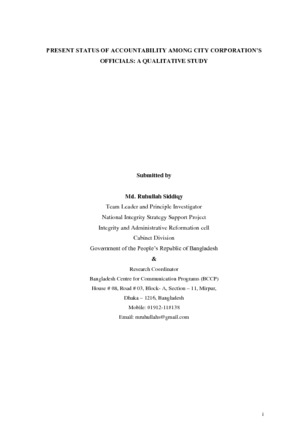- Suggested keywords :
- conditions(2)
- information(5)
- indigenous(1)
- vision(4)
- ray(1)
List of Categories and SubCategories
Change Your Picture

Gender Outcomes Of The Community Led Total Sanitation Approach In Selected Counties In Kenya
Elizabeth Wamera
VIEWS
1427
INFO
more

- Category : Sociology
- Size : 174682
- By : Elizabeth Wamera



Using Your Google Account
Google Login/Sign up
OR
Recover Your Password
Abstract
Inadequate sanitation and hygiene affects women and men differently and contribute to morbidity and mortality. The Community-Led Total Sanitation (CLTS) approach was used by the Ministry of health in Kenya to increase access to sanitation and hygiene. This study sought to assess the gender outcomes of the CLTS approach in three sub counties in Kenya. CLTS was considered successful in Kenya, yet its impact on men and women was not documented. The Moser Framework, the gender socialization concept and the Gaventa Power Framework were applied. Stratified random sampling for 384 Questionnaires and observation check lists, 3 focus group discussions, 12 key in depth interviews were applied. The study found that despite CLTS being a success in Kenya, there was unfair division of labour in CLTS implementation with the women shouldering the heaviest burden. The women served as a Village Health Committee members without pay in addition to their reproductive role, which was not acknowledged during ODF celebrations. Participation of women decision making in CLTS was tokenistic with minimal strategic benefits, as they were not able to claim any space or autonomy in CLTS implementation. The study concluded that CLTS produced unequal outcomes. The study recommended that there should be gender mainstreaming into CLTS intervention to ensure equitable outcomes.
Recommended Papers








